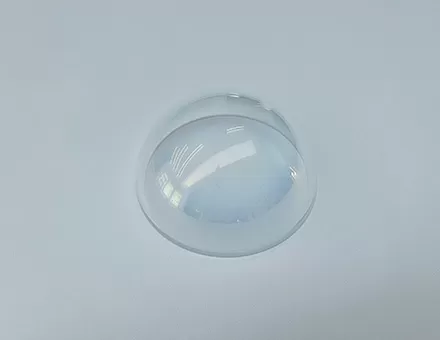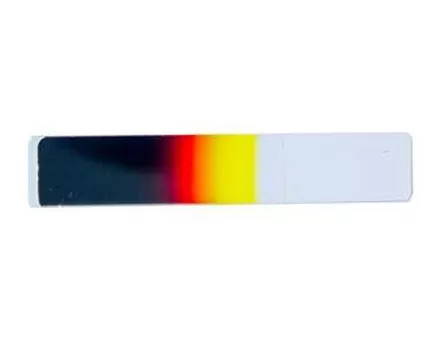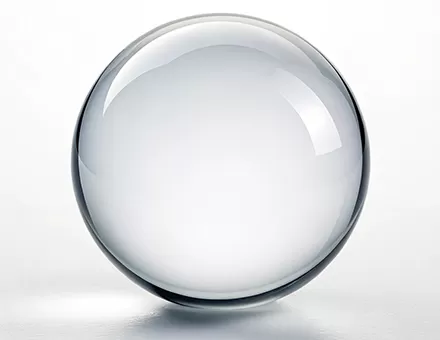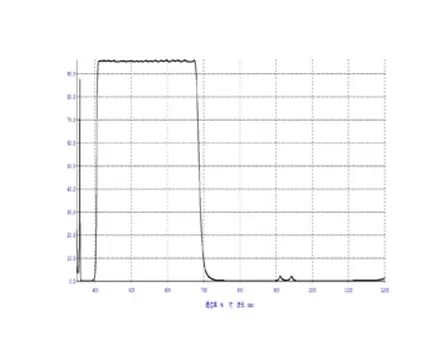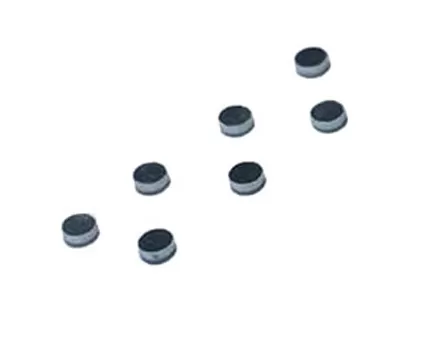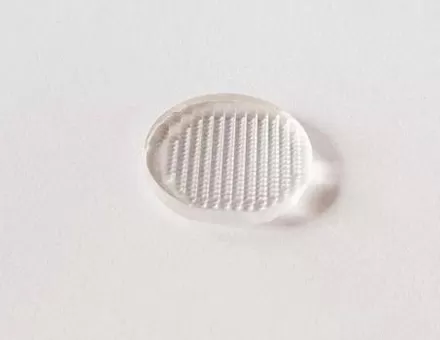1. The role of the optical filter film on the surveillance camera: filtering out infrared rays
Color CCDs can also sense infrared rays, but because they can sense infrared rays, the correct color cannot be calculated. Therefore, an optical filter film needs to be added to separate the infrared part of the light. Therefore, only color CCDs need to install filters.
Coating methods and blue glass can be used. Coating is divided into vacuum coating and chemical coating. Chemical coating is to immerse quartz sheets in a solvent for electroplating. The cost is low, but the thickness of the coating is uneven and easy to fall off. Vacuum coating is a vacuum evaporation method, and the coating is uniform. And it is not easy to fall off, but the cost is high. In addition, the so-called AR-Coating coating should be added to increase the light transmittance, because when the light passes through different media (such as entering the quartz sheet from the air), it will produce partial refraction and reflection. After adding AR-Coating, the filter can achieve a transmittance of 98-99%, otherwise it only has a transmittance of 90-95, which of course has an impact on the sensitivity of the CCD.
In addition, blue glass is used. Blue glass filters infrared rays by absorption, while IR-Coating filters out infrared rays by reflection, but reflected light can easily cause interference. If you only consider filtering infrared rays, blue glass is a better choice. However, as mentioned above, glass cannot trim light, so there is a so-called two-piece filter consisting of a blue glass and a quartz sheet. The blue glass is used to filter infrared rays, and the quartz sheet is used to trim light, so only AR-Coating is required on the quartz wafer.
2. The role of the optical filter film on the surveillance camera: trimming the incoming light
Because the CCD is composed of photoreceptors (CELL), it is best to direct the light in, but in order to avoid interfering with the adjacent photoreceptors, the light needs to be trimmed, so the optical filter film is not glass, but Quartz sheet, using the physical polarization characteristics of quartz, retains the direct part of the incoming light, reflects off the oblique part, and avoids affecting the photosensitive points next to it.
Using the physical polarization characteristics of quartz, the incoming light is kept in the direct part, and the oblique part is reflected, but it can only be trimmed in one direction. Usually, the camera only considers the horizontal resolution, so only the light is trimmed horizontally. When the light film is in the right direction, it cannot be reversed. What if the vertical light is also trimmed? It's very simple, just stick two pieces and turn one of them 90 degrees, so there is this kind of filter, also called two-piece filter, one is used for horizontal trimming, one is used for vertical trimming, and one of them is used for IR- Coating to filter infrared.
What about the more advanced ones? It is two pieces of quartz glass sandwiched between two pieces of blue glass, and then there are various advantages. This three-piece type is common in Japanese imported machines. And we often see visiting guests on TV, some with crossed twill ties, the camera is also a flower, not the camera is bad, but there are only two optical filters, which can only be trimmed on the horizontal and vertical planes. If you encounter a dense twill with an angle of 45°, there is no problem, unless you add two more slices to trim the left 45° and the right 45°, so that so many slices will become a thousand-layer cake.


















 EN
EN
